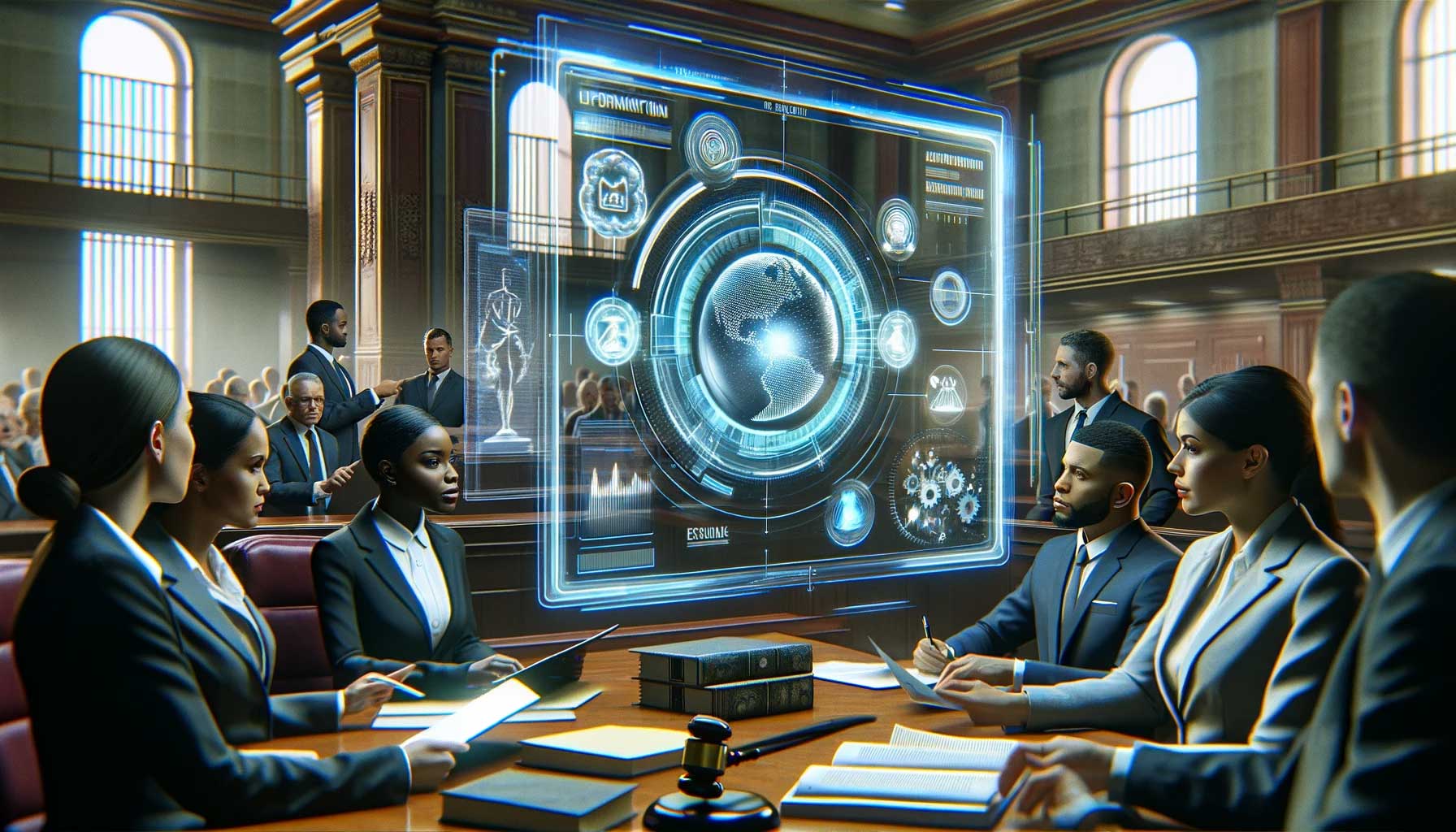CaseMark's Cutting-Edge Deposition Summary Workflow: A Legal Game-Changer
Experience the next frontier in legal tech with CaseMark's innovative update, transforming complex deposition transcripts into concise, perspective-driven summaries. Elevate your practice with our AI-powered workflows, designed to streamline your workload and enhance analytical precision.
In the realm of generative AI, where each update often feels like a giant leap forward, OpenAI's latest DevDay innovations have set a new benchmark. The updates are nothing short of impressive. A lot of startups dreams were dashed with the OpenAI announcements but we were actually really excited about them. For those of us at the crossroads of AI and legal tech, finding applications that resonate with the nuanced needs of this field has been akin to searching for a needle in a haystack.
We've always believed that the true potential of AI lies not in the code itself but in its application. That's why we've painstakingly built the necessary scaffolding to digest a smorgasbord of legal document formats. Our mission is simple: transform legal documents into intelligent, workable data.
But our latest iteration takes our commitment a step further. I'm excited to share that we've honed our technology to produce significantly superior deposition summaries . Gone are the days of sifting through pages of transcripts looking for that golden nugget of testimony. Now, we can swiftly generate a concise summary from either a plaintiff or defense perspective.
Consider this: every deposition is a story—a narrative that can sway the outcome of a case. Our AI doesn’t just distill these narratives; it contextualizes them, capturing the essence of testimonies with a precision that is breathtaking.
Why is this important? Let me paint a picture for you.
Imagine you're a paralegal or an associate, drowning in transcripts. Each page you turn is time ticking away—time that could be spent on strategic legal work. Our AI steps in like a seasoned associate, pulling out key points and drafting a summary that's not just fast but reliably accurate. This isn't about replacing humans; it's about augmenting human capabilities to allow legal professionals to focus on what they do best—advocating for their clients.
And it's not just legal professionals within firms who can benefit. Court reporters can now offer a new value-added service. With CaseMark’s workflow, they can provide deposition summaries alongside verbatim text transcripts, offering a comprehensive package to their clients.
Think about the last time you read through a deposition transcript. How much more would you have appreciated a tool that could give you an executive summary, tailored to the angle you’re most interested in? Our tool does precisely that. It adapts to your perspective, serving as a bespoke assistant, finely tuned to your legal strategy.
The applications are boundless:
A defense attorney could use the summary to pinpoint inconsistencies in a witness’s testimony.
A plaintiff’s lawyer might highlight the most compelling statements that support their case.
A court reporter could extend their service portfolio, providing not just the raw transcripts but a synthesized, accessible summary.
This isn't just innovation; it's revolutionizing how we approach one of the most fundamental aspects of legal practice. We're already seeing the possibility to compare deposition transcripts to help find inconsistencies as well as provide clues to further questioning. Again, all of this helps free up the legal professionals to do what they do best.
I invite you to check out our demo of what we’ve built. Know that testing our workflow with your transcripts we will preserve the security and privacy of your content as our commitment is to our customers to do exactly that. At CaseMark, we're not just following the trajectory of AI—we're helping set it. Join us on this journey and let’s shape the future of legal tech together.
As always, your feedback is not just welcome, it’s invaluable. Let us know what you think.





